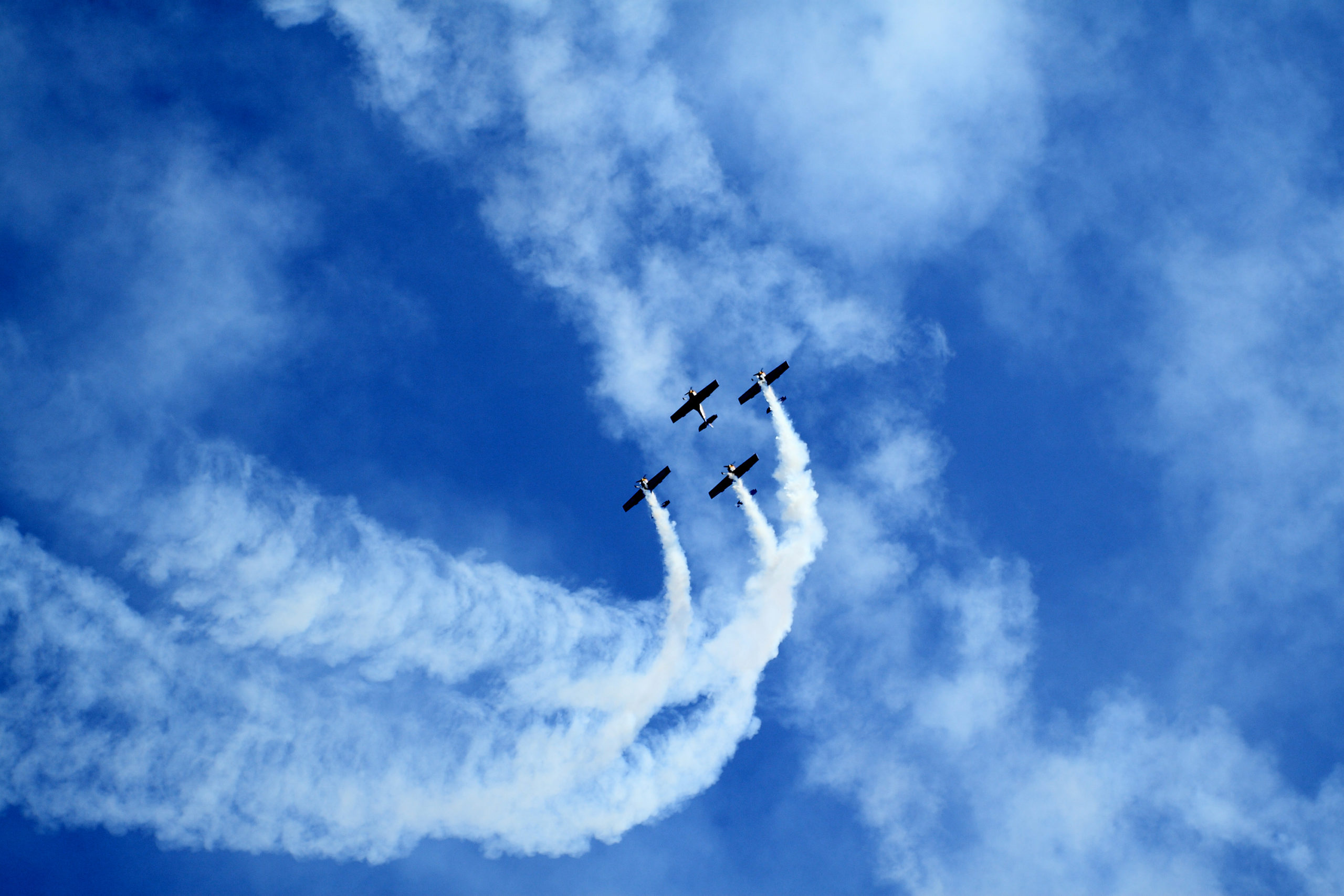Human flight has evolved from a dream to a reality in less than two centuries. This article traces the history of aviation, from the first balloon flights to the cutting-edge innovations of more recent times. It also analyzes how flying has reshaped the world, enabling quicker and cheaper travel for international cross-cultural exchange.
When French science fiction writer Jules Verne wrote his novel Around the World in Eighty Days, he imagined a wealthy traveler rushing to circumnavigate the globe in under three months. Around the World in Eighty Days was published in 1872, when the primary forms of international travel were trains, steamships, and hot-air balloons. Verne’s protagonist spent £19,000 on his journey – over $2 million in 2021 – and barely made it back to London in the eighty days required to win the wager he made with his friends. Today, the same amount of money could send you around the world more than 1000-fold, each time in less than 48 hours.
How did humanity go from Verne’s Around the World in Eighty Days to an era in which almost anyone can circle the Earth in less than two days?
This leap forward is primarily due to advancements in air travel and a worldwide increase in average income. Since the Wright Brothers’ 1903 flight in Kitty Hawk, North Carolina, air travel has become exponentially safer, faster, and cheaper. In 1914, it might have taken seven days to cross the Atlantic from London to New York on a steamship. In 2021, it takes just seven hours on a jet liner.
In the early decades of the 20th century, aircraft were often developed for military, rather than civilian, use. In the First World War, militaries used airplanes to spy on enemy positions. In the 1940s, aircraft carriers helped propel the Allies to victories in the Mediterranean and Pacific theaters. But after half a century of government-led innovation, air travel remained overpriced and inefficient for the average American.
When commercial flights became available to the public in the late 1950s, air travel was still expensive – so expensive that most people couldn’t afford to fly. Business Insider magazine reports that in 1960, a flight from New York to London cost $300, the equivalent of $2600 today. “In 1974,” documents The Atlantic magazine, “it was illegal for an airline to charge less than [$1635] in [2021] inflation-adjusted dollars for a flight between New York City and Los Angeles.” Yet by 2021, even though the cost of fuel has risen drastically in both real and nominal terms, the price of flying has fallen substantially. In the United States, this market miracle is mainly due to one factor: the 1978 Airline Deregulation Act.
From the advent of U.S. commercial flight, airline routes and prices were determined by regulators, creating inefficiency and stifling competition. Then, in 1978, the Carter administration deregulated air travel, forcing airlines to compete over the same routes. Ticket prices dropped almost immediately. The average U.S. airfare in 1979 (equivalent to over $2300 in 2021) fell by 25 percent in five years and has continued to decline ever since. As airfares became affordable, the number of passengers swelled, boosting ticket sales and encouraging investment in new routes and technologies. This investment led to further growth in a virtuous cycle that has made flying far more convenient and affordable.
In 1872, the average American couldn’t have hoped to travel around the world at all, let alone accomplish the task in less than three months. In 2021, almost anyone can complete the journey in less than 48 hours. According to the OECD, the average American earns almost $50,000 in disposable income each year – enough to take them around the world 28 times. A flight from New York to London costs roughly $295; from London to Tokyo it costs $613; from Tokyo to New York it costs $866, for a total of $1774 to circumnavigate the Earth. Modern air travel is one of the great successes of deregulation, innovation, and human progress.

